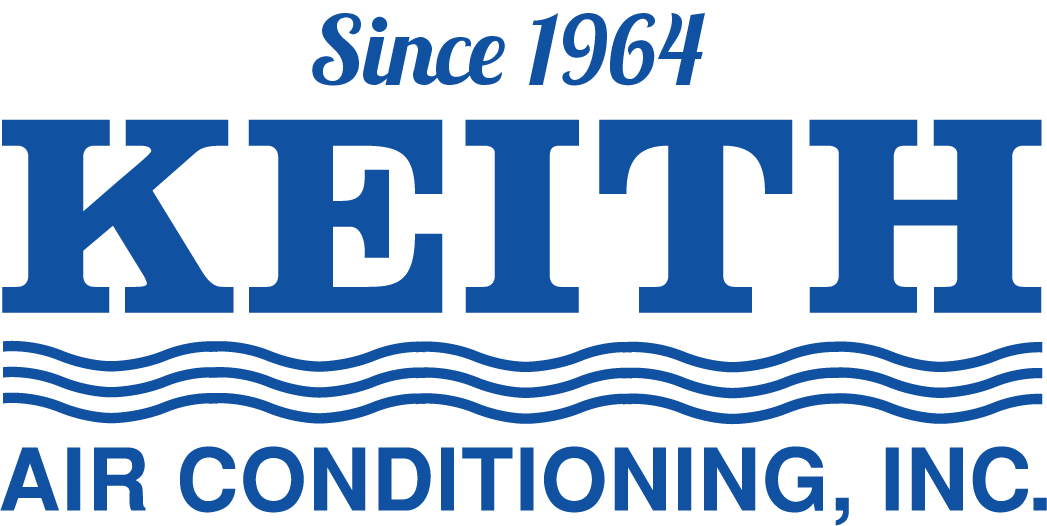If you are interested in upgrading your heating or cooling system, you’re going to come across some important acronyms as you compare systems. Understanding these HVAC system ratings will help you to narrow down your options to the best pick for your Loxley, Alabama, home.
Seasonal Energy Efficiency Ratio – SEER
If you are considering a new cooling system, the SEER will give you some important information about the unit’s efficiency. The SEER is calculated by dividing the cooling output over the course of a season by the seasonal electrical energy input. The higher the SEER rating, the more efficient your system. If you have an older system, it may have a SEER of six or lower. However, most systems manufactured today must have a minimum SEER of 14, and some rank in the 20s.
Annual Fuel Utilization Efficiency – AFUE
Central furnaces and boilers are rated using the AFUE. This number represents the ratio of annual heat output to the total fossil fuel energy consumption over the same period. If a furnace has an AFUE of 90 percent, this indicates that 90 percent of the energy from the fuel is converted to heat in the home, while the remaining 10 percent escapes. A mid-range system generally has an AFUE around 80 to 83 percent. High-efficiency systems have an AFUE of 90 or higher.
Minimum Efficiency Reporting Value – MERV
MERV ratings are used for HVAC filters. The lower the number, the less filtration you’re provided. A MERV of four or lower will only filter out particles of 10 pm or more, like dust mites. A MERV between five and eight is most common for residential buildings, filtering out particles as small as 3 microns, like mold spores. Superior residential systems may have a MERV up to 12, which will stop particles 1 microns in size or larger, like lead dust, auto emissions, and Legionella.
If you are considering a new heating or cooling system installation in your home, contact Keith Air Conditioning, Inc. at 251-476-3610 to learn more about your options.






